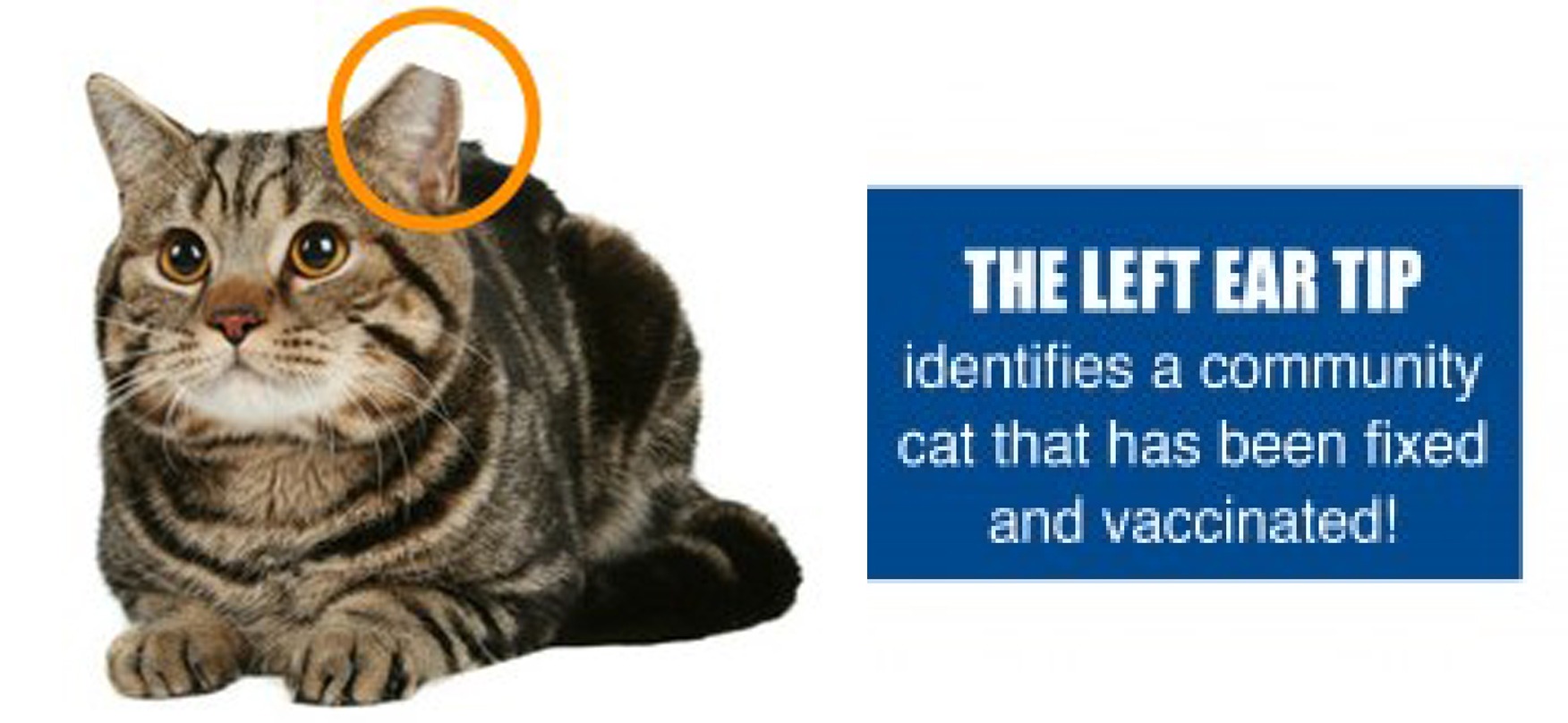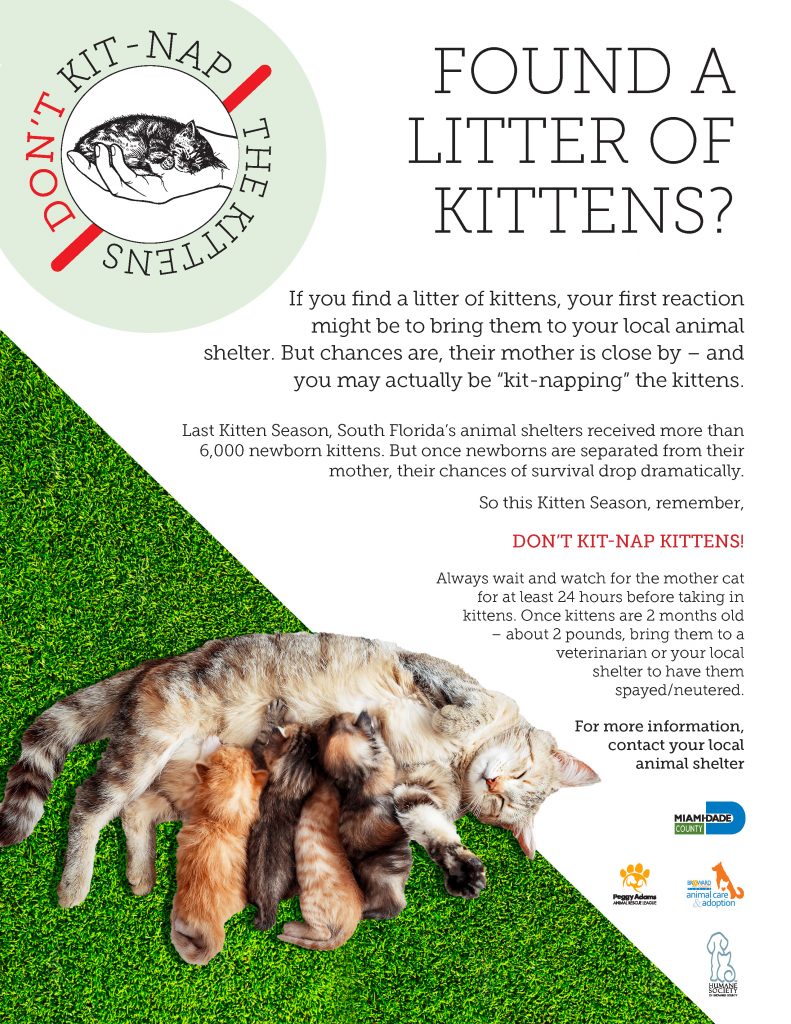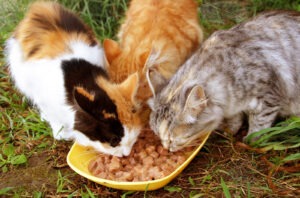What is a Community Cat?
Community cats are defined as un-owned cats whose “home” is within the community rather than in an individual household. A community cat can be a friendly cat that is well socialized, a fearful or shy cat, or a feral cat that will hide from people. Some of our community cats are fed by residents and some may scavenge for food. In Miami-Dade County there are more than 300,000 homeless cats. Cats can start breeding at four months of age and can have up to four liters a year with up to six kittens a litter.
All healthy, community cats older than two months and heavier than two pounds can be spayed/neutered at regular cost at our Gardnar Mulloy Pet Rescue Clinic located at 16101 West Dixie Highway, North Miami Beach, FL 33160.
Community cats may be checked in for surgery between 8:00am – 8:30am Tuesday-Saturday – no appointment needed. Please note: walk-ins are accepted on a space-available, first come first served basis.
Below are a few tips on trapping community cats:
- You may have more success trapping if you withhold food 24-36 hours prior to trapping and then trap at the usual feeding times
- Place a thin layer of paper in the trap if the wind is not too strong to move the paper around
- Place the bait, usually canned cat food or tuna fish, into the far back of the cage and secure the door with the clip
- Trail some of the juice from the bait and/or small amounts of bait from the entrance of the trap to the back of the trap
- Place the cage in an area where cats are often observed or their usual feeding area
- Place the cage on a level surface. If placing on grass and soil make sure the door will close completely
- After setting the cage, it may be helpful to place a sheet or pillow case over the cage. Cats often venture into enclosed areas
- Remove yourself from the immediate area
- Check the cage as often as possible. It is not recommended to leave the traps unobserved for any length of time
- After the cat has been caught, completely cover the cage with a sheet or a large pillow case. This helps to calm the cat
- Please do not allow children or pets near the cage
- Place the cat in a protected area where the elements will not harm the cat and transport it to the Community Spay/Neuter Clinic as soon as possible
- When transporting the cat in a car, place a trash bag or tarp under the cage. Keep the cage covered. Do not transport the cat in the closed trunk of the car or in the back of an open pick-up truck
“In order to help Miami-Dade County in its effort to become a “No Kill Community,” and to decrease the number of animals entering the shelter system, we have to prevent the births of unwanted puppies and kittens. We won’t be able to adopt our way out of the serious pet overpopulation problem we have in Miami; we must spay or neuter!” emphasized Laurie Hoffman, Executive Director of the Humane Society of Greater Miami.






Comments are closed.